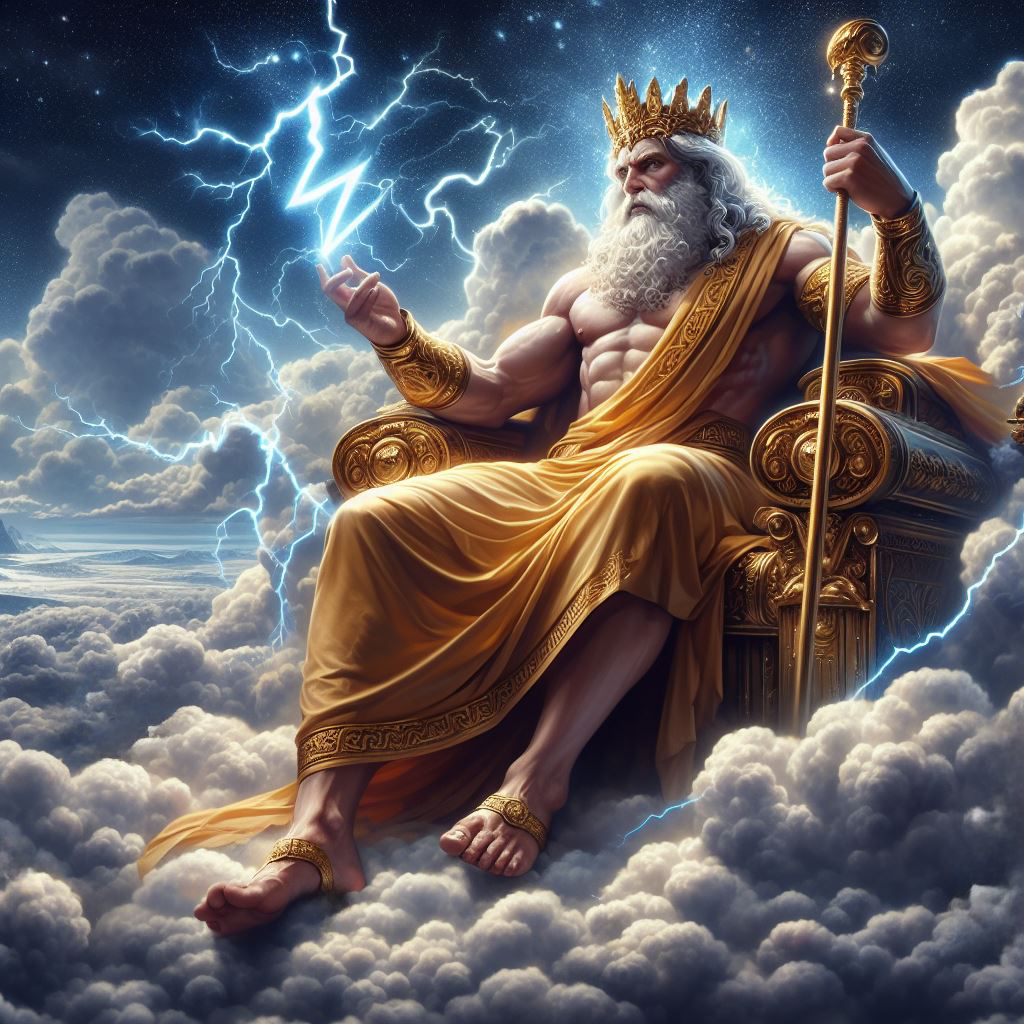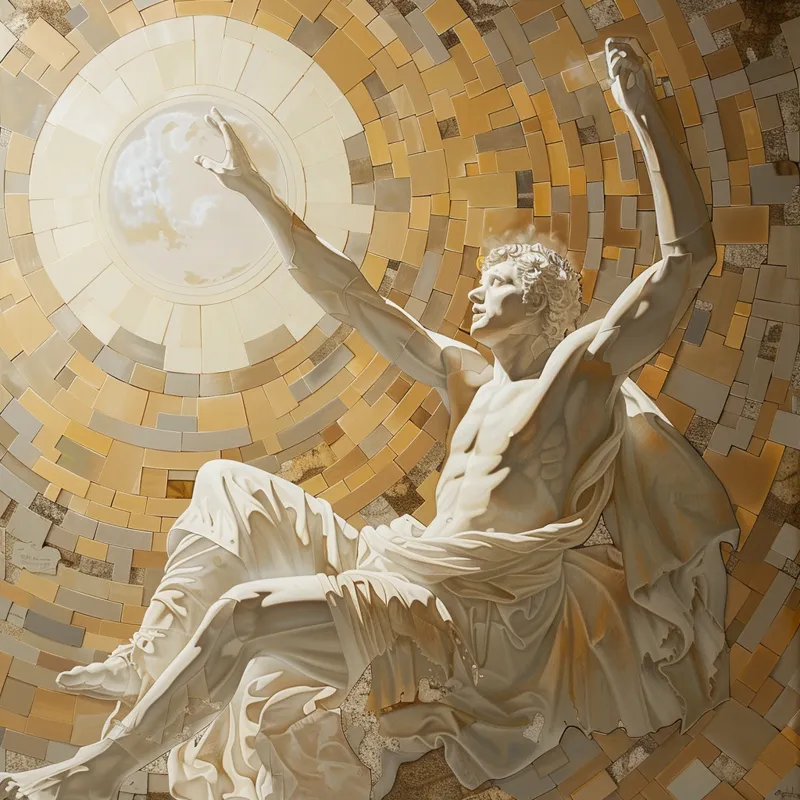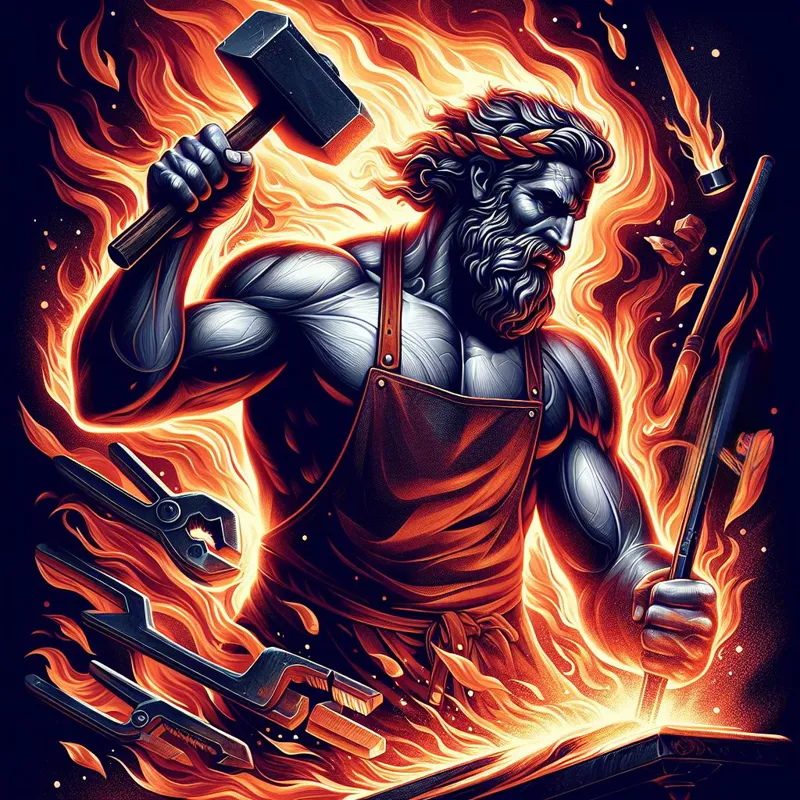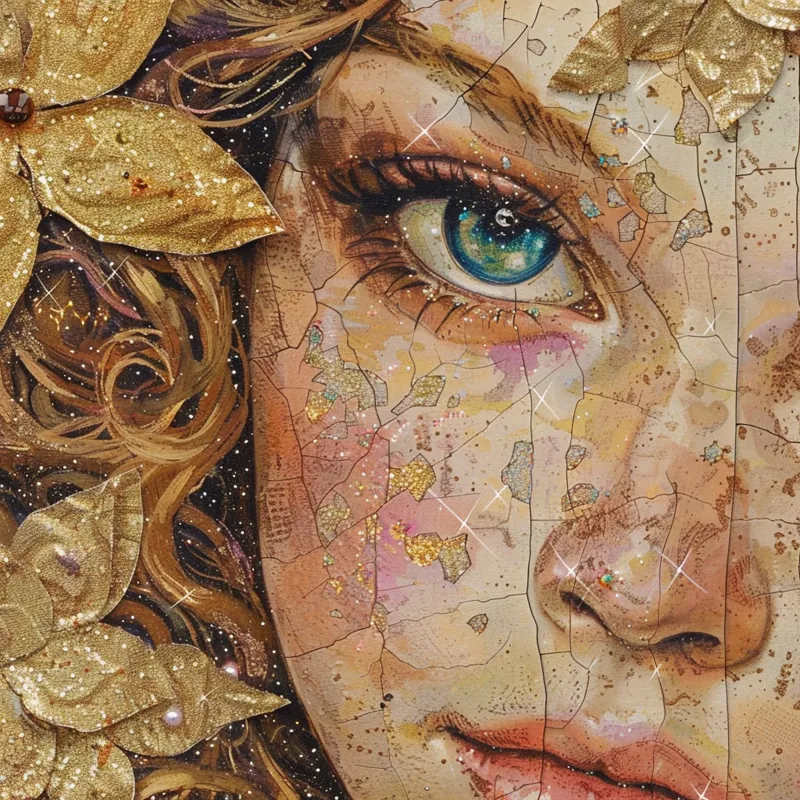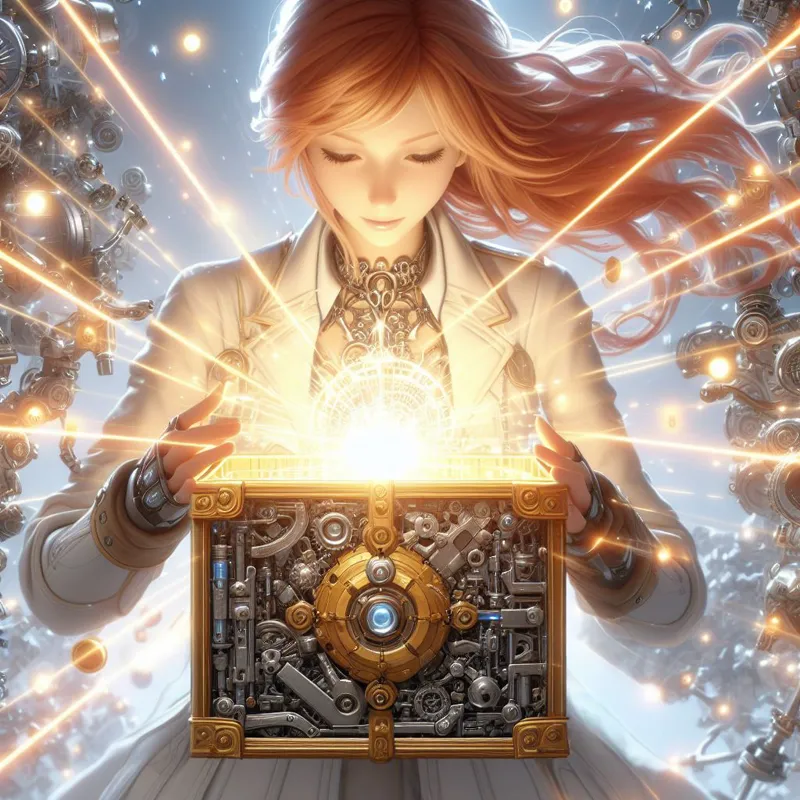
What's inside?
The puzzle box, a captivating object that combines artistry, mechanical ingenuity, and a touch of mystery, has intrigued and challenged humans for centuries. From ancient times to modern days, these intricate creations serve not just as brain teasers but also as artistic expressions of the cultures that crafted them. They embody a fusion of form and function, where the journey to solve them is as rewarding as the secrets they guard.
Historical Origins
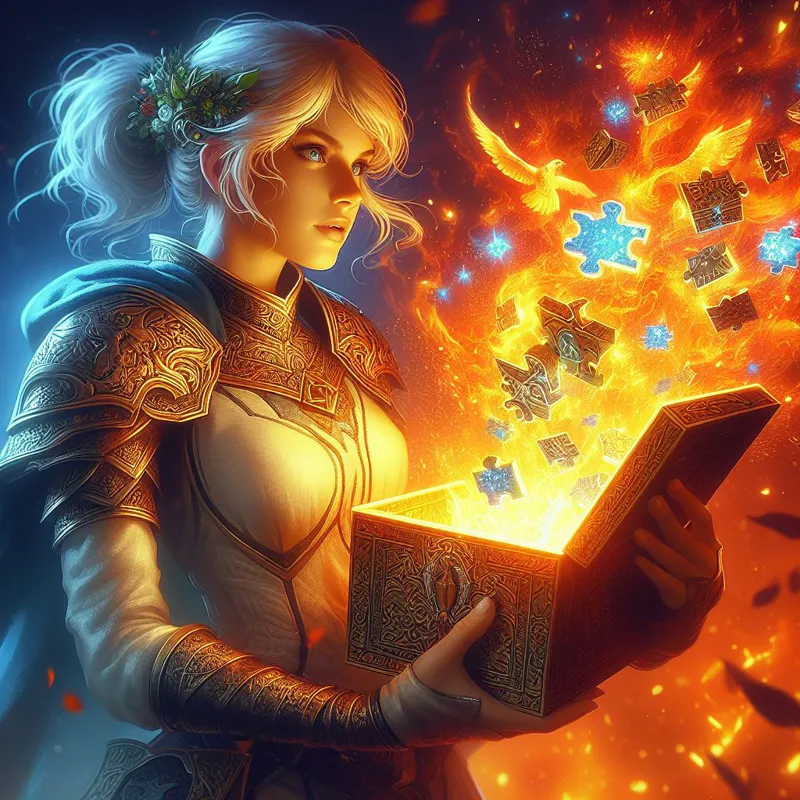
Answers create new questions
The origins of puzzle boxes trace back to ancient civilizations, where they were crafted not just for entertainment but also for safeguarding valuables. The earliest known examples were found in Egypt and Greece, where craftsmen used simple mechanical principles to create boxes that could only be opened through a series of steps. These early boxes set the stage for the evolution of more complex designs, integrating both artistry and security.

The missing piece
In Japan, during the Edo period, the art of puzzle box making flourished. Known as 'Himitsu-Bako', these boxes were initially designed by Japanese craftsmen for securing personal belongings. They required a sequence of movements, such as sliding panels or pressing hidden buttons, to be opened. The Himitsu-Bako showcased not only the craftsmen's mechanical skills but also their artistic flair, often adorned with intricate designs and patterns.
Cultural Significance
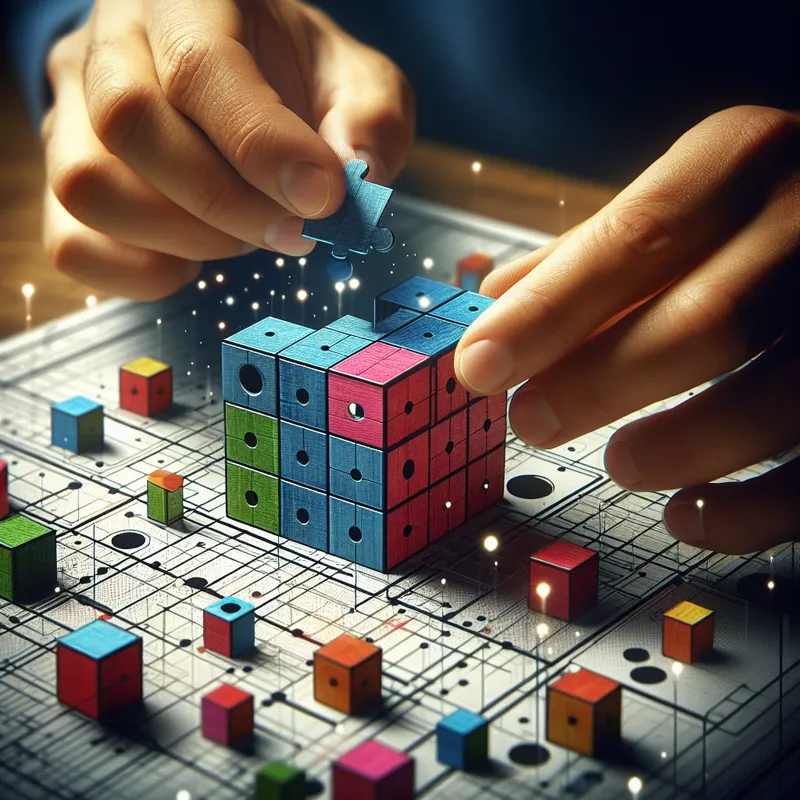
Resonance
In various cultures, puzzle boxes have been more than just containers; they've held symbolic meanings. For instance, in some Eastern traditions, they were seen as metaphors for life's complexity and the journey of self-discovery. The process of solving the puzzle was likened to navigating life's challenges and uncovering inner truths.
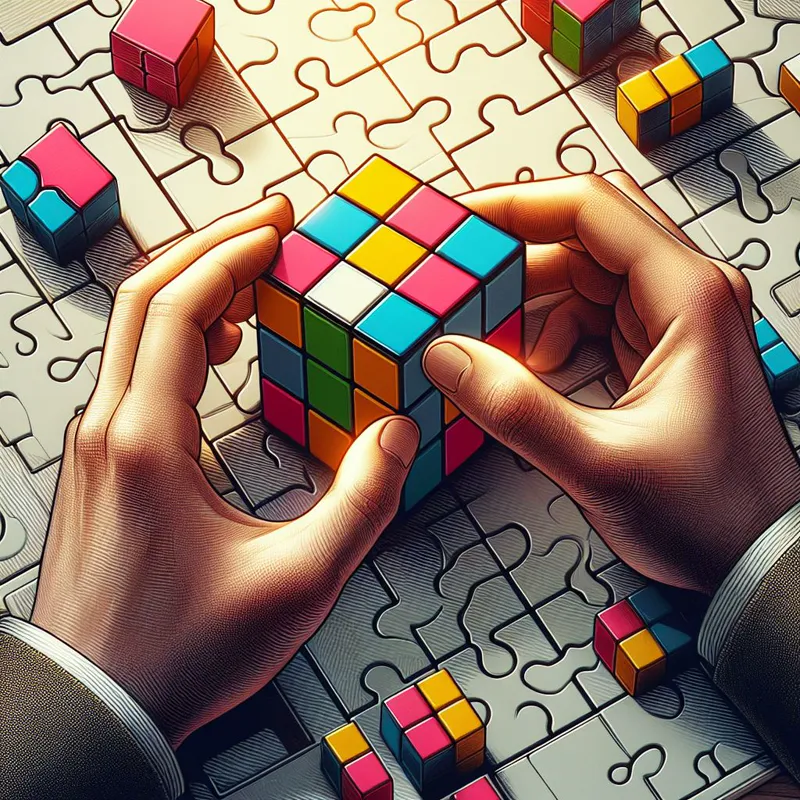
Magnum Opus
Western interpretations often viewed these boxes as reflections of intellectual prowess and sophistication. In the Victorian era, owning and solving a complex puzzle box was a status symbol, showcasing one's education and patience. These cultural differences in perception have shaped the design and complexity of puzzle boxes across different regions and eras.
Design and Craftsmanship
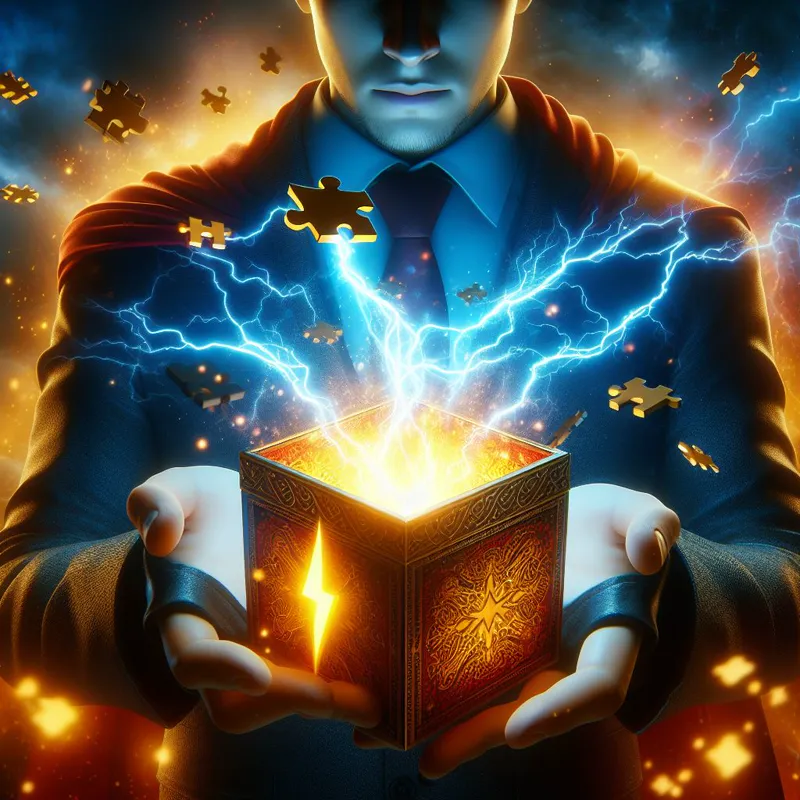
Don't ask what's inside
The design of a puzzle box is a delicate balance between aesthetics and functionality. Each box is a miniature marvel of engineering, often requiring precise craftsmanship. The most intricate boxes feature multiple moving parts, hidden compartments, and surprising mechanisms that challenge even the most seasoned puzzle enthusiasts.
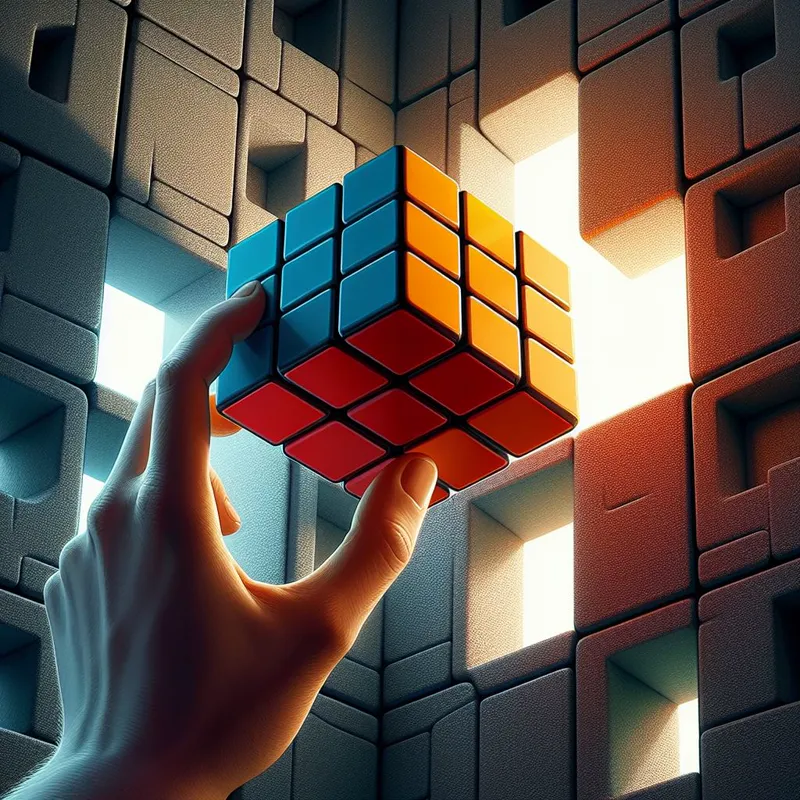
Virtual reality
Craftsmen use various materials like wood, metal, and even bone to create these boxes. The choice of material not only affects the box's appearance but also its mechanism. For example, wooden puzzle boxes often rely on sliding panels, while metal boxes might incorporate springs and levers. The craftsmanship involved in these boxes reflects a deep understanding of both material properties and mechanical principles.
Psychological Appeal

A combined effort
The allure of puzzle boxes lies in their ability to engage the solver’s cognitive and problem-solving skills. Solving a puzzle box requires patience, spatial awareness, and logical thinking. This mental challenge is a significant part of their appeal, providing a sense of accomplishment upon unlocking their secrets.

Model of the world
Furthermore, puzzle boxes often evoke a sense of mystery and adventure. They can be akin to a tangible riddle, holding secrets or surprises within. This aspect taps into the human love for exploration and discovery, making the journey of solving them as exciting as the destination.
Modern Variations
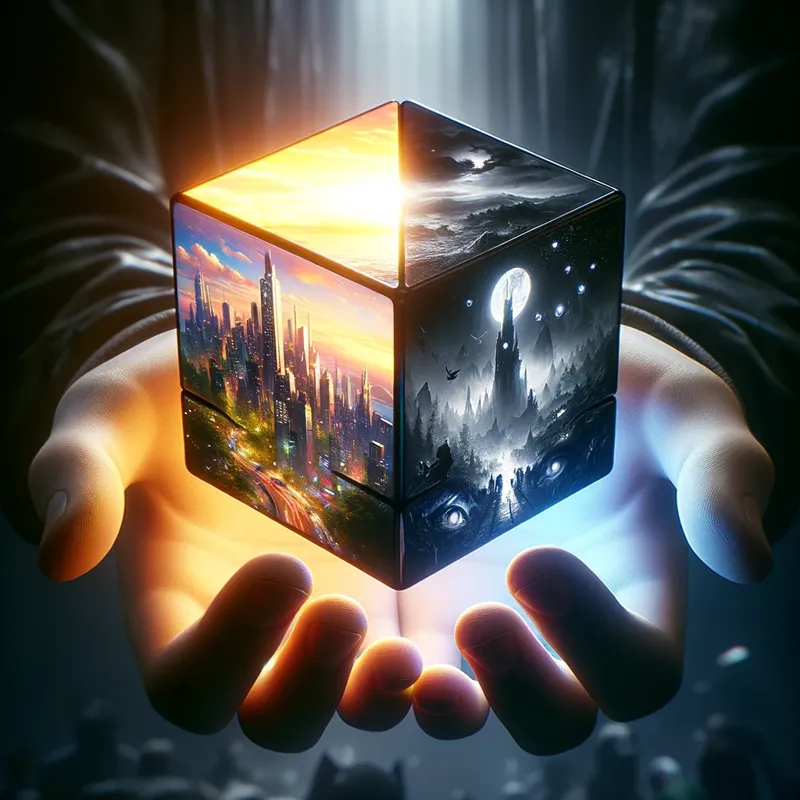
Multi-sided dice
In modern times, puzzle boxes have evolved, incorporating new technologies and materials. Digital puzzle boxes, for example, use electronic components to create more complex and interactive experiences. These contemporary versions can include elements like lights, sounds, and even virtual reality, expanding the traditional boundaries of puzzle box design.

The line between free will and fate
Additionally, the rise of 3D printing has allowed hobbyists and professionals alike to experiment with new shapes and mechanisms. This has led to a proliferation of unique and personalized puzzle boxes, accessible to a wider audience and allowing for greater experimentation in design and complexity.
Educational Uses

Deus ex machina
Puzzle boxes are not only for entertainment but also have educational applications. They are used in cognitive development programs to enhance problem-solving skills and spatial reasoning. For children, solving these puzzles can improve hand-eye coordination and concentration, making them valuable educational tools.
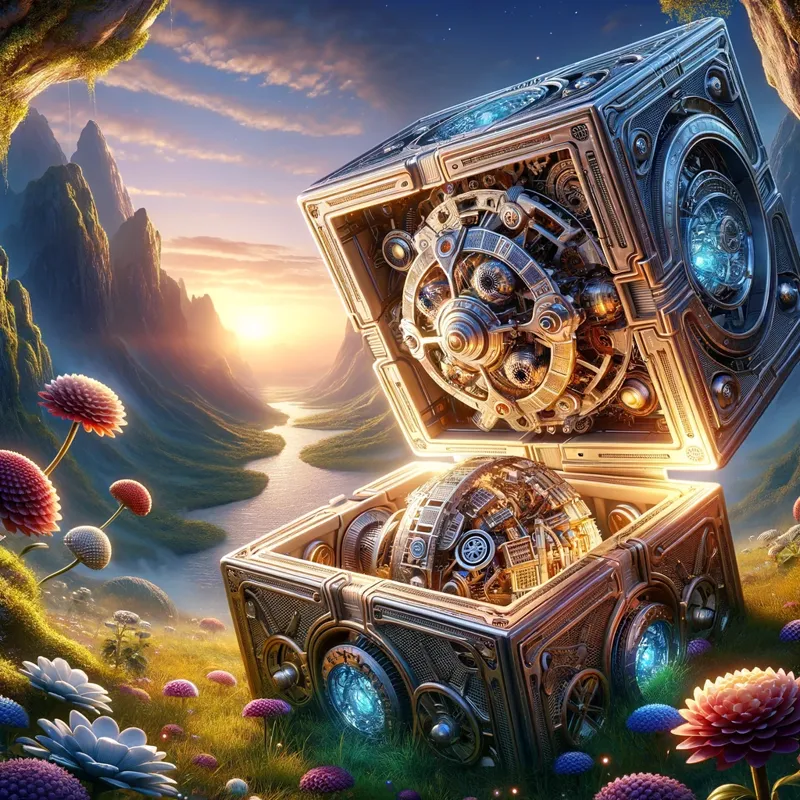
A new challenge begins
In adult education and team-building exercises, puzzle boxes are employed to encourage collaborative problem-solving and to foster creative thinking. The process of working together to solve a puzzle can build teamwork skills and highlight the importance of different perspectives in problem-solving.
Collectors and Puzzle Enthusiasts
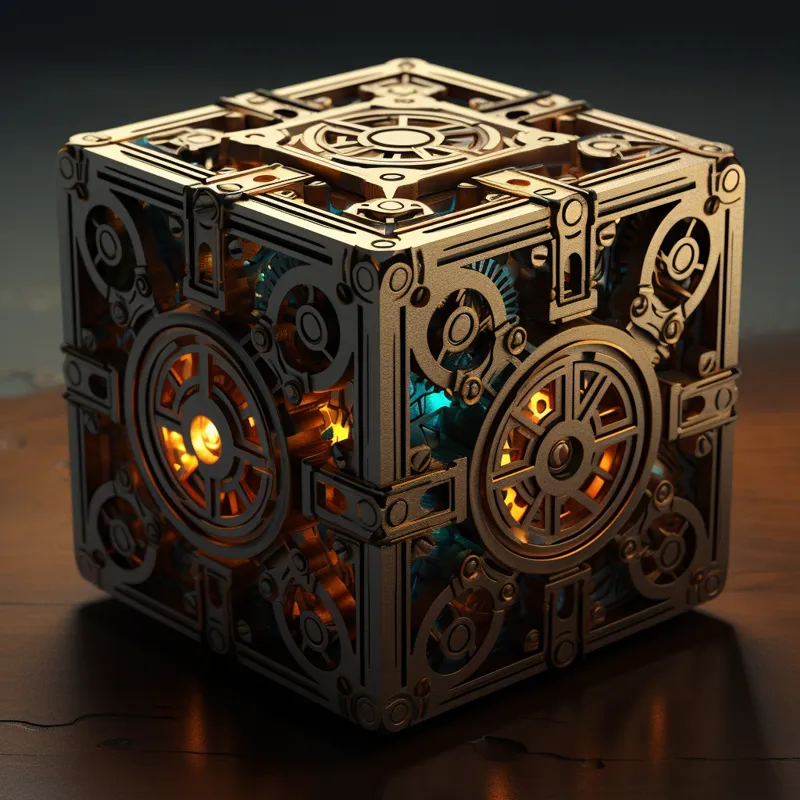
A better world waits inside
For collectors and puzzle enthusiasts, puzzle boxes represent a niche yet fascinating world. Collectors often seek rare or antique boxes, valuing them for their historical significance, craftsmanship, and the challenge they present. The community of enthusiasts often shares solutions, ideas, and designs, fostering a culture of collaboration and continuous innovation.
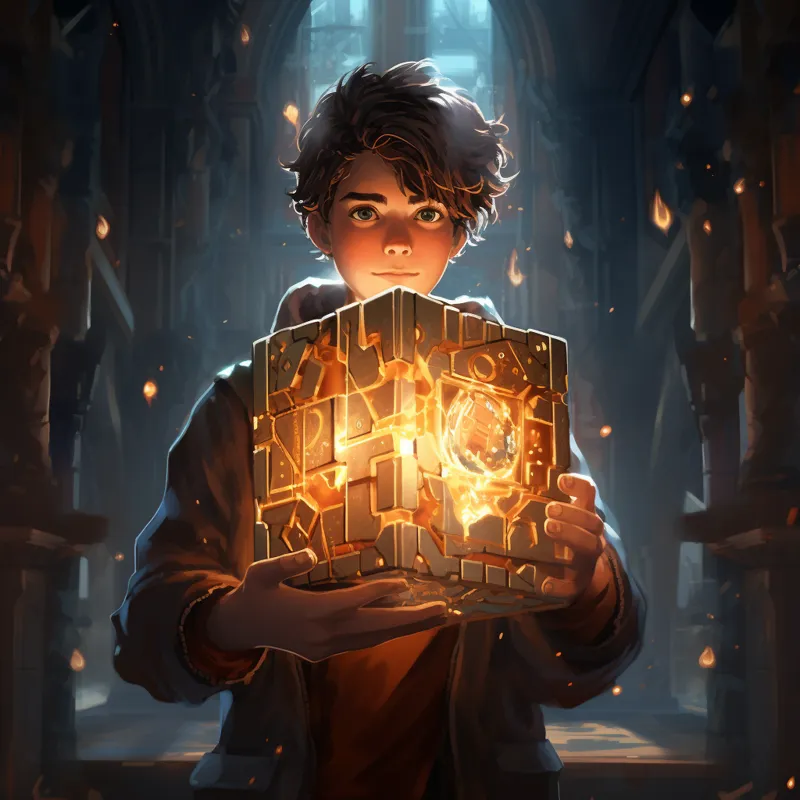
The lock and the key
Puzzle-solving competitions and clubs bring together enthusiasts from around the world. These gatherings not only celebrate the art of the puzzle box but also encourage the sharing of techniques and the development of new, more challenging designs. This vibrant community ensures that the legacy of puzzle boxes continues to evolve and captivate new generations.
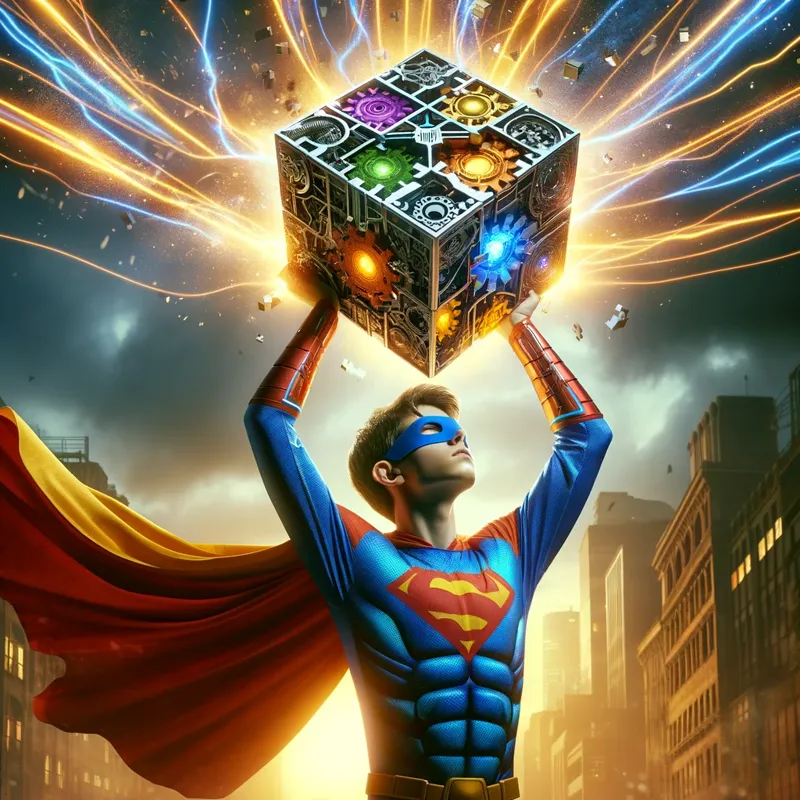
Saves the world
Puzzle boxes, transcending their role as mere containers, have become symbols of human ingenuity and creativity. Their evolution from ancient security devices to modern cognitive tools showcases their enduring appeal. Whether as objects of art, mental challenges, or historical artifacts, puzzle boxes continue to fascinate and engage people across ages and cultures, embodying a timeless allure that combines the beauty of art with the thrill of discovery.


